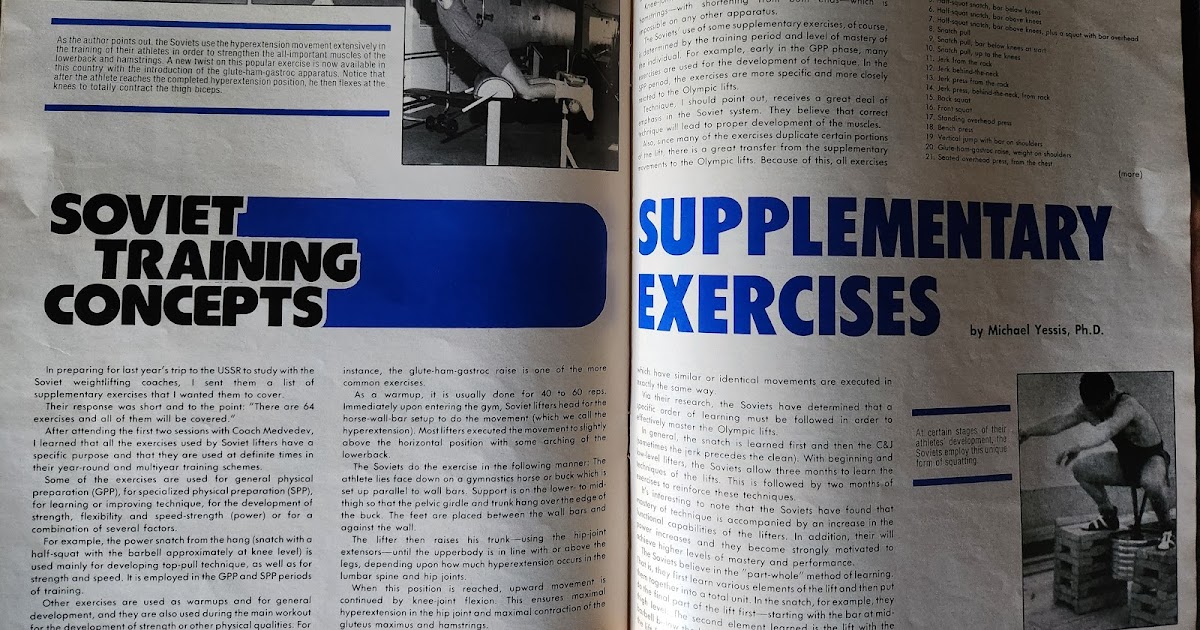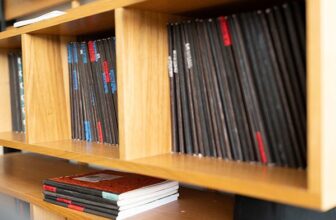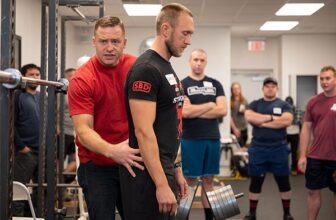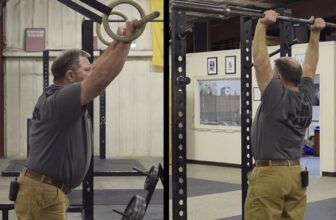
Strength and Health was one of my favorite magazines during my early lifting days. By the time I joined Bruno’s in 1983, the best days of S&H- as well as American weightlifting- were certainly in the rear view mirror. Nevertheless, York’s flagship magazine was still capable of putting out quality issues that were devoured by the many long-time readers who couldn’t get enough of the old York gang. Larry was most definitely a “York Barbell Man,” and it should come as no surprise that there was a stack of old muscle magazines lying around his office area. Every once in a while, I would close the gym for Larry when he wanted to get away early. During those times when I watched the gym, I would look through the old issues. One that caught my eye was the September 1984 edition of S&H.
As always, there were many quality articles in that particular edition. There was an article devoted to the passing of the great John Davis, who had passed away during the Summer of 1984. Bob Hoffman’s editorial addressed the issue of “devalued gold medals” from the recent Los Angeles Olympics, since those games were boycotted by Russia and the Eastern Bloc. Of course, there was the monthly Kilo Conversion Chart, which seemed to be in EVERY issue of the magazine. There was an article devoted to the training regimen of former NY Jet great Joe Klecko, who was just recently inducted into the Pro Football Hall of Fame. The “Iron Grapevine” described Jan Dellinger’s visit to the Pittsburgh Steelers training camp that Summer. For many years, Jan was the heart and soul of York Barbell, and his expertise on all things related to Muscletown is unsurpassed. He is also one of the true, great gentlemen of the Iron Game, who happens to still be active in the sort today. When I read his portion of this magazine, I was a bit envious. During his visit to the Steelers’ camp, he was able to hang our with Jon Kolb, the legendary Offensive Tackle and World’s Strongest Man participant, who happens to be one of my favorite strength athletes. But that’s another story.
On page 56, there was a regular feature written by Michael Yessis devoted to Soviet Training. Dr. Yessis is a renowned strength coach, trainer, and author. For many years he was the “go to guy” when it came to how the Soviets trained their lifters and athletes. Anyway, this month’s article discussed “Supplementary Exercises.” In previous articles, I’ve written about “assistance exercises” for the various powerlifts. I’ve always believed in the effectiveness of proper assistance movements as a way to build strength for the three lifts. While each lifter has to select what exercises are best for him/her, there should be no doubt that some sort of supplementary movement should be used. They are unequaled in overcoming weak points.
In this particular article, Dr. Yessis recounts a visit with Soviet coaches, and how they provided him with a list containing 64 supplementary exercises that their coaches utilized. You read that right- 64 movements! Naturally, different movements were used in different phases of their training. General physical preparation (GPP) and specialized physical preparation (SPP) were the two phases of a lifter’s training that were described. Naturally, some movements were devoted to GPP, while others devoted to SPP. What was interesting was that a number of movements were used for BOTH phases of training.
I am definitely NOT going to describe all 64 movements. But I will discuss some of the more popular movements. These are exercises that have proven their worth over the course of many years. Additionally, you do not have to be a champion Olympic weightlifter to benefit from doing these exercises. Anybody who is interested in getting stronger can benefit from using some of these exercises. Hopefully, these movements are familiar to everyone reading this.
Hyperextensions are a common exercise used by the Soviets “back in the day.” What’s important to note is that they are still a fantastic exercise. I have used them at various times in the course of my own workouts. They can be used as a warm-up as well as an assistance exercise. High reps at the beginning of your training session will thoroughly warm up the muscles of your lower back. Of course you can add resistance by a plate or dumbbell behind your head.
There is one salient point in the original article that I would like to emphasize. “Technique receives receives a great deal of emphasis in the Soviet system. They believe that correct technique will lead to proper development of the muscles.” Do your exercise properly, and don’t be in a rush to add weight to the detriment of proper form. You’ll not only increase your muscular development, but you’ll reduce the chance of injuries.
Hip Belt Squats are another exercise described back in 1984. By standing on boxes and having the weights hung from a belt around their waist, a great deal of strength was built for their lifters. Naturally, today there are specially made Hip-Belts that can be easily purchased. They place no undue stress on the lower back, and can be used by those who have difficulty doing regular back squats. Overhead Squats and Lunges are also mentioned, but I’m not sure about their efficacy. If you have the flexibility and are able to do overhead squats then perhaps they can be utilized. I’ve never been able to do them, and I feel that there are other movements ( Hip-Belt Squats, Hammer Leg Press, Weighted Step-Up) that are safer and more effective. Lunges seem to be have gained a resurgence in popularity. And while they may be effective in developing a greater range of motion, I’m not sold on their effectiveness as a strength builder. But as in anything else insofar as it relates to lifting, you must do what works for you.
Good Mornings are mentioned as both a warm-up and as a part of a main workout routine. I can think of few- if any- exercises that are more effective at building lower-back strength and development. I’ve always liked doing Good Mornings, and they have played a large part in my workouts over the years. Again, I would like to emphasize that Good Mornings are not for everyone. If you can do them safely without injuring your back, then break into them slowly, and always use proper form. If they are not for you, then do something that agrees with you. Nobody knows you like you know yourself. Never do an exercise that can cause pain or injury.
Parallel Bar Dips are also mentioned. I can’t think of a more effective way to build upper-body strength than dips. You’ll not only increase your Bench Press, but you will build all-around power in your shoulders, arms, and chest. I’ve always liked doing dips. When I was competing, I never did Incline Presses, but I did do plenty of dips. They are a fantastic movement. The key, of course, is to do the exercise properly. Slow, controlled reps with NO bouncing at the bottom should be the aim of anyone doing this great movement. In other words, don’t follow the YouTube warriors who hang weights off their waists and bounce up and down in half-repetitions. Your shoulders will thank you as you get older. Incidentally, the original article claimed that former World and Olympic champion Yuri Vlasov supposedly performed dips with 100kg of additional weight.
The last supplementary exercise is one that I have never really used, but I mention it because it was supposedly a favorite of the late, great Vasily Alexeyev. The French Dumbbell Curl was believed to prevent elbow injuries. According to Soviet coaches, he used them with high repetitions. I was not aware of Alexeyev doing these, but since he trained primarily by himself, who’s to know? If you want to give them a try, I would recommend that you don’t try to go too heavy.
Supplementary exercises played a vital role in the training of Soviet weightlifters, and the large variety of movements was responsible for a large part of their success. Of course, there were other factors which contributed to their success on the lifting platform, which I will not discuss here. But for someone who is determined to get stronger, assistance movements are vital to not only increasing your lifts, but in building all-around strength. The movements I listed in this article are still popular here in the United States nearly forty years after the original article appeared.
Credit : Source Post






